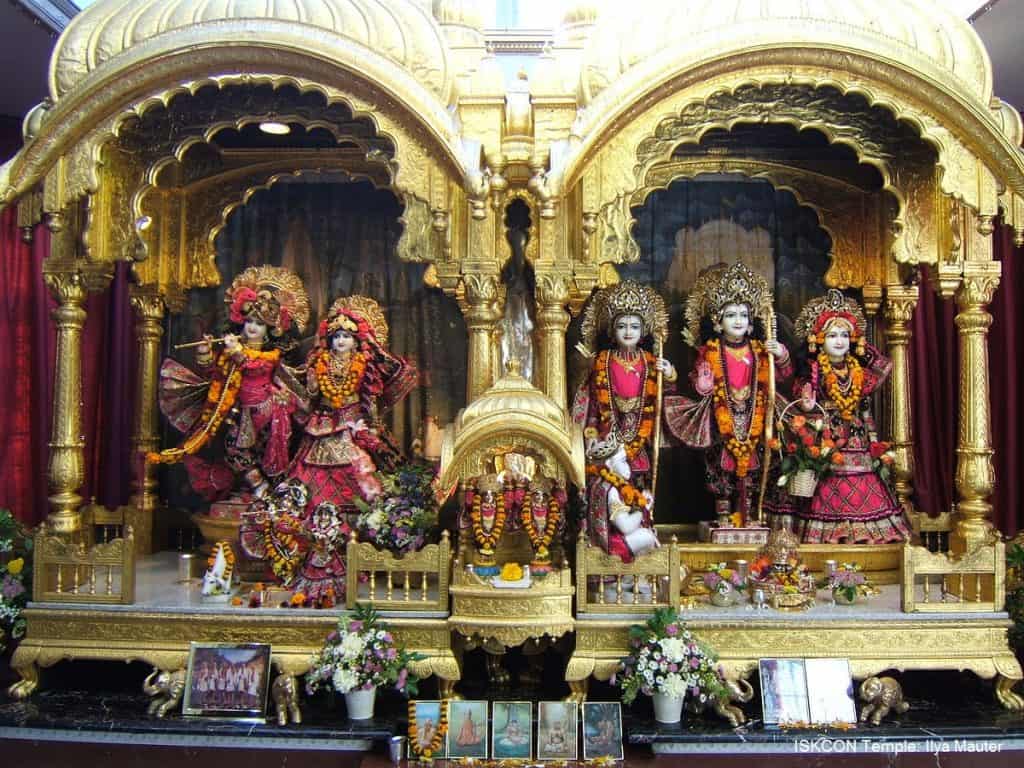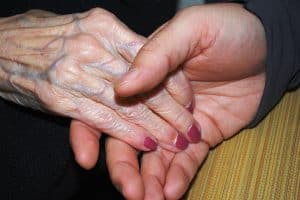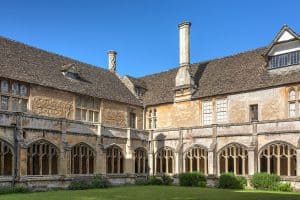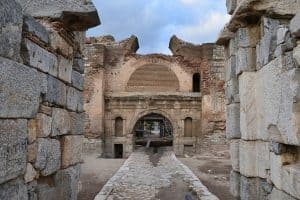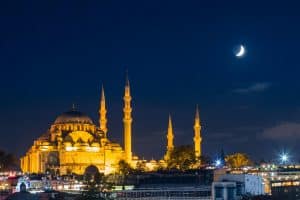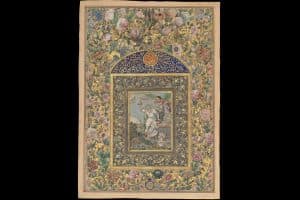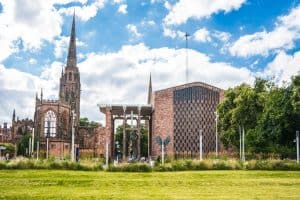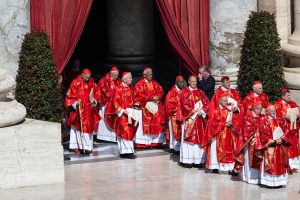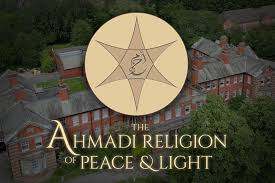by Inform
The International Society for Krishna Consciousness (Iskcon) is a Hindu-derived new religious movement founded in the 1960s. Commonly known as Hare Krishna, it became famous after it was supported by the Beatle George Harrison.
How did Iskcon start?
The International Society for Krishna Consciousness (Iskcon), sometimes known as the Hare Krishna movement, was founded by the Indian spiritual teacher AC Bhaktivedanta Swami Prabhupada (1896-1977).
Prabhupada founded Iskcon in New York City in 1966. Two years later, six American members brought Iskcon to the UK, where it was established with the financial support of George Harrison of the Beatles.
There is debate as to whether Iskcon should be considered a new or an old religious movement. While it was new to the West in the 1960s, it can be seen as a new version of a form of devotion developed in 16th-century India.
Members of Iskcon are part of the Gaudiya Vaishnavism tradition, a reformation movement within Hinduism established in 16th-century Bengal (now West Bengal/Bangladesh) by Chaitanya Mahaprabhu (1486-1534).
How is the movement organised?
Since 1970, Iskcon has been led by the Governing Body Commission (GBC). Today the commission has 32 members, known as secretaries, each responsible for either a geographic area or function. In addition, there are between 50 and 90 initiating gurus, elected by the GBC, who travel the world preaching and initiating followers into the tradition.
The UK headquarters are at Bhaktivedanta Manor, near Watford, a large residential centre, farm and independent school. Big festivals at Bhaktivedanta Manor attract large crowds, and not all attendees are Iskcon members.
Krishna’s birthday, marked by the Janmashtami festival, has been estimated to have drawn more than 60,000 people over two days. Attendance at Diwali, the traditional Hindu new year celebration, has been estimated at 20,000.
What does the movement believe?
The Gaudiya Vaishnavism tradition is monotheistic, asserting that there is only one God, with the goal of human life to develop a loving relationship with the single God. However, this one God can be worshipped by many names and forms.
Iskcon focuses on the worship of Krishna as the ultimate divinity. Gaudiya Vaishnavites believe that the chanting of God’s name is the most efficacious method to achieve this goal.
Devotees believe that the soul is eternal, originally part of the Godhead, the essential nature of God, but at present it is under the influence of maya (illusion). Consequently, we forget our relationship to God and seek gratification in the material world, while transmigrating from body to body in samsara, the cycle of death and rebirth.
The practice of bhakti (devotional) yoga is believed to free the soul from bondage to the material world, returning it “back to Godhead”.
In 2005, the GBC passed a resolution allowing women to be gurus.
How do devotees practise their faith:?
The central practice is chanting the mahamantra: Hare Krishna Hare Krishna, Krishna Krishna Hare Hare, Hare Rama Hare Rama, Rama Rama Hare Hare
Formal initiates spend about two hours each day chanting 16 rounds of the mantra on a string of 108 beads (1,728 repetitions), a process known as japa.
In all temples, and some devotees’ homes, a daily ceremony (arati) is performed before images of Krishna and his consort Radharani (Radha) that involves offering incense, flowers, flames and food to the deities. This includes both service to Krishna (puja) and viewing of Krishna (darshan).
Members ritually offer their food to God before consumption in an act of loving devotion, thus making it prasadam. Prasadam is also distributed without charge in public places such as university campuses, partly as evangelism.
Members follow a vegetarian diet (no meat, fish or eggs) with onions and garlic also prohibited. Upon initiation, devotees vow to abstain from intoxicating substances including alcohol, tobacco and caffeine and to abstain from all forms of gambling.
Initiates receive a Sanskrit name with the suffix dasa (for men) or dasi (for women).
Iskcon is particularly known for its publications, such as Prabhupada’s translation of the Bhagavad Gita (Song of God) and the magazine, Back to Godhead, and for selling this literature in public places, such as busy shopping streets.
Who belongs to Iskcon?
Today, Iskcon can also be considered a Hindu revivalist movement within both India and the UK. Unlike in the early days, when most converts were white “hippies”, the majority of members today, the UK included, have an ethnically Indian background.
A distinction can be made between congregational members, who live in their own homes and have jobs outside the movement, and temple members – or clergy – who live in Iskcon temples and work full time for the movement. Congregational members may or may not be initiated into Iskcon.
Iskcon says there are about a million congregational members worldwide, with about 15,000 in Britain. Temple members number 10,000 worldwide, with more than 80 in Britain.
During the early years of the movement, all members were temple members. The big shift to congregational membership came in the 1990s.
Temple members wear traditional Indian robes: married men and those who are in training for the clergy wear white, and men committed to celibacy in orange or saffron; the women wear saris which are white if they are widowed or their husband has taken sannyas (renunciation).
Temple members display the tilak marks made with wet clay to indicate their affiliation. While tilak markings can be ritually placed on 12 parts of the body, the three white vertical stripes on the head are the most visible.
Men often shave their heads except for a tuft (shikha), signifying their surrender to Krishna.
Temple members begin their daily devotion at 4.30am, followed by two hours of individual mantra-meditation, a scripture class, and communal breakfast. During the day, devotees perform individual duties, for example working at the temple, caring for congregational members or selling literature in the street.
What controversies are associated with the movement?
After Prabhupada’s death, rifts stemming from leadership disputes began to appear in the movement and eventually gave rise not only to defections and expulsions but also to scandals involving allegations of drug dealing, sexual misconduct and murder.
For example, at the New Vrindaban Community in Virginia, United States, a leading member was convicted of racketeering and another devotee was convicted of murder on the ashram’s property. As a result, New Vrindaban was excommunicated from Iskcon in 1987. It was readmitted in 1998 after much restructuring.
In the 1980s a reform movement developed aimed at limiting the initiating gurus’ power and making Iskcon more democratic. There also exists an Iskcon Revival Movement that seeks to “restore” the original movement.
Iskcon has publicly admitted that widespread abuse, sexual and physical, was inflicted on children in its gurukulas (boarding schools), primarily in the United States and India during the 1970s and 1980s.
In 1988 Iskcon created an Office of Child Protection to address past abuse and prevent future abuse. In the 2000s, more than 500 former members brought claims of abuse against Iskcon. Iskcon paid out $9.5 million to the claimants and issued an apology.
However, many who were abused at the gurukulas are not satisfied with this apology or the compensation offered. They argue that Iskcon still needs to do more to address the situation and put in place more protective, preventative measures for the future. They also claim that Iskcon still protects leaders who have acted inappropriately.
Today many of the conditions that contributed to the abuse – including the isolation of children from their parents, inexperienced school staff and impediments to nuclear family life – are actively discouraged.
Inform is an independent educational charity providing information about minority religions and sects
Academic experts
Kim Knott, professor of politics, philosophy and religion, University of Lancaster
Dr Suzanne Newcombe, lecturer in religious studies, Open University
Burke Rochford, professor emeritus of religion, Middlebury College, Vermont, US
Further reading
Brooks, Charles (1989) The Hare Krishnas in India, Princeton: Princeton University Press.
Bryant, Edwin and Maria Ekstrand (2004) The Hare Krishna Movement: The Postcharismatic Fate of a Religious Transplant. Columbia University Press.
Dwyer, G and RJ Cole (2007) The Hare Krishna Movement: Forty Years of Chant and Change. London: IB Tauris
Knott, Kim (1986) My Sweet Lord: The Hare Krishna Movement. Wellingborough, UK: Aquarian.
Rochford, EB (2007) Hare Krishna Transformed. New York: New York University Press.

